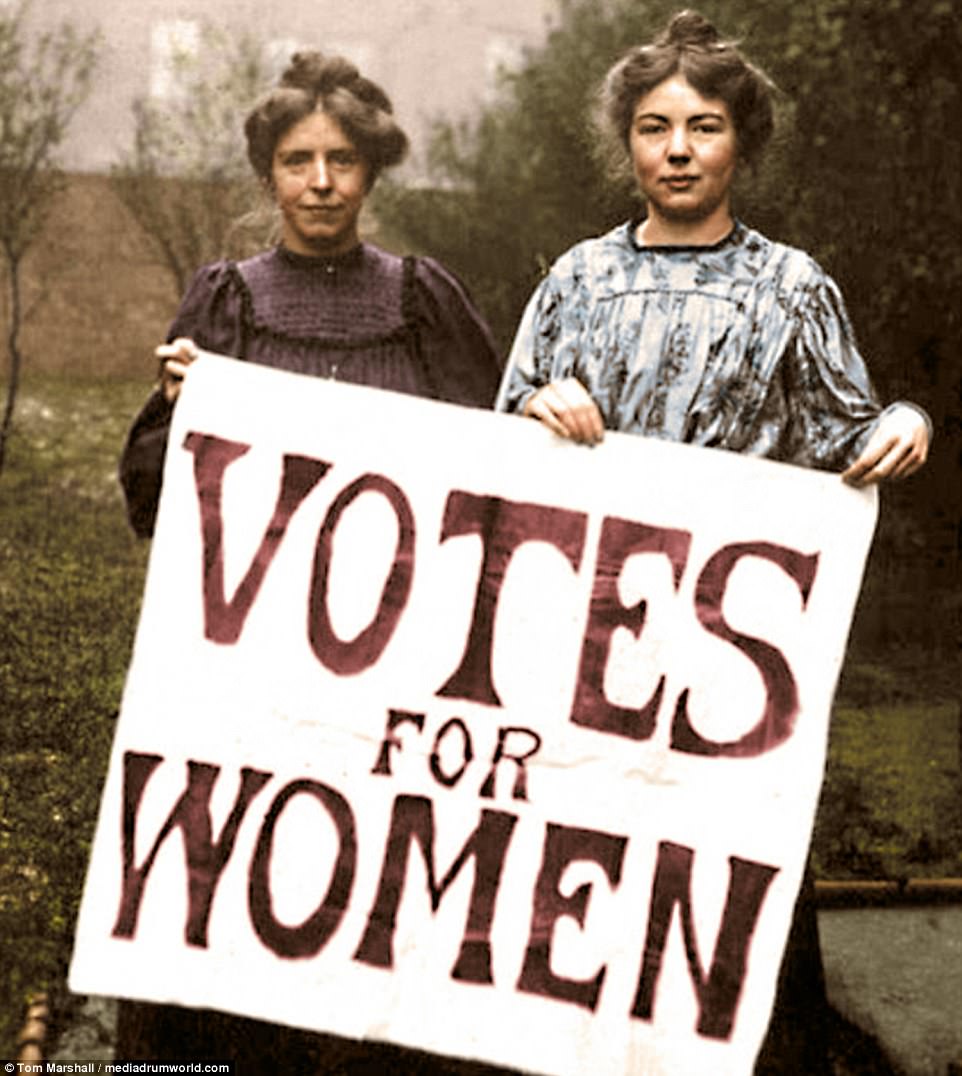First wave feminism started in the 19th century and continued throughout the 20th century. The goal of first wave feminists was to gain woman's suffrage, female education rights, better working conditions, and the elmination of double standards when it came to gender. First wave feminism focused mostly on political inequalities. In the United States, first wave feminists focused a lot on abolishing slavery and gaining woman's rights. Feminism in the United States consisted of many different types of women, ranging from conservative Christian women to women who represent what second wave feminism stood for. In the 1910s and 1920s, major issues included economics, employment, sexualities, war and peace, and many other things. Another big thing that was being fought for was a Constitutional amendment for equality (the Equal Rights Amendment). Women's suffrage was also a major topic, as women argued that it was time that they stopped being treated like second~class citizens and were allowed the right to vote. They created groups of suffragettes: groups of women who rallied for the right to vote. During the first and second world wars, women entered jobs that were usually taken by men, as they had gone off to fight in the wars. The amount of men killed in the wars shifted demographics in the workplace. First wave feminism back then was revolutionary, and kept on growing and changing into what we know as feminism today.
Second wave feminism took place mostly from the 1960s to the 1980s. The goal of second wave feminism was to recognize and eliminate cultural and political inequalities. While first wave feminists mostly focused on rights such as suffrage, second wave feminism focused more on ending discrimination. At this point in time, feminism started making its way into writing. Discussing women's liberation also started appearing in large scale conversations. Second wave feminism is a lot more similar to current feminism than first wave feminism is.
Third wave feminism took place began in the early 1990s to respond to what younger woman thought were some of the failures in second wave feminism. It was also a response to backlash that second wave feminism had recieved. Third wave feminism sought to avoid only focusing on what first and second wave feminism had focused on, which was over~emphasizing the experiences of white, upper middle class women. The goal was to include more voices of women of color and people of diverse backgrounds. Another central topic in third wave feminism was the idea of gender and sexuality, and a third topic was to challenge second wave feminism actions and see if they were good for all women, not just white women. Third wave feminism is actually very similar to today's feminism, as it ended only about a decade ago.
Fourth wave feminism began in 2008 and is what we currently know as feminism. Fourth wave feminism is essentially described as a movement that is connected mostly over technology. Big topics in fourth wave feminism include reproductive rights, sexual harrassment/assault, workplace discrimination, body shaming, and misogyny as a whole. Fourth wave feminism keeps on growing and changing, but right now, it seems to be what's working for feminists all over the country.
